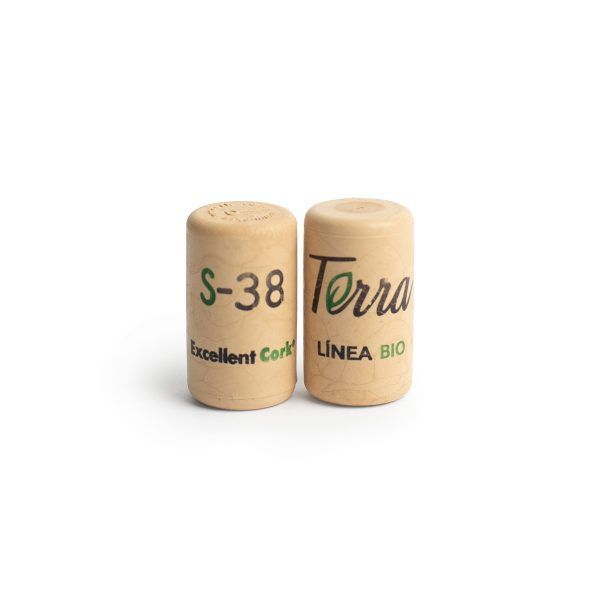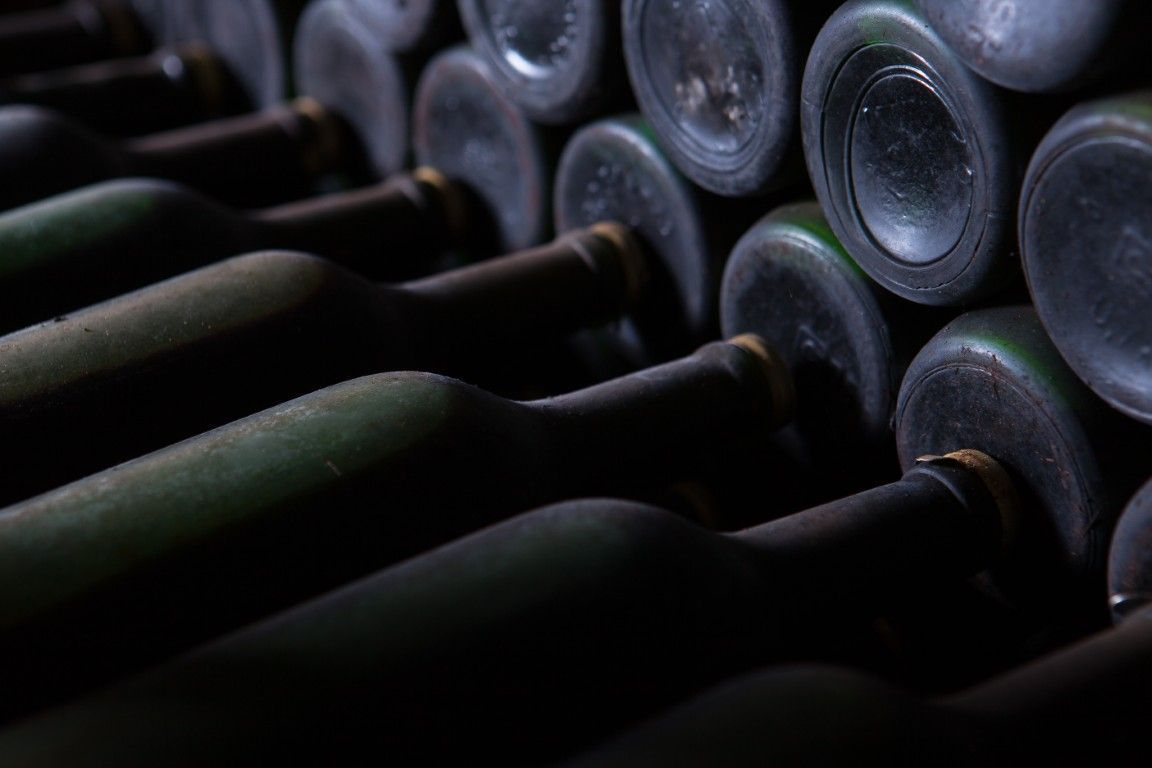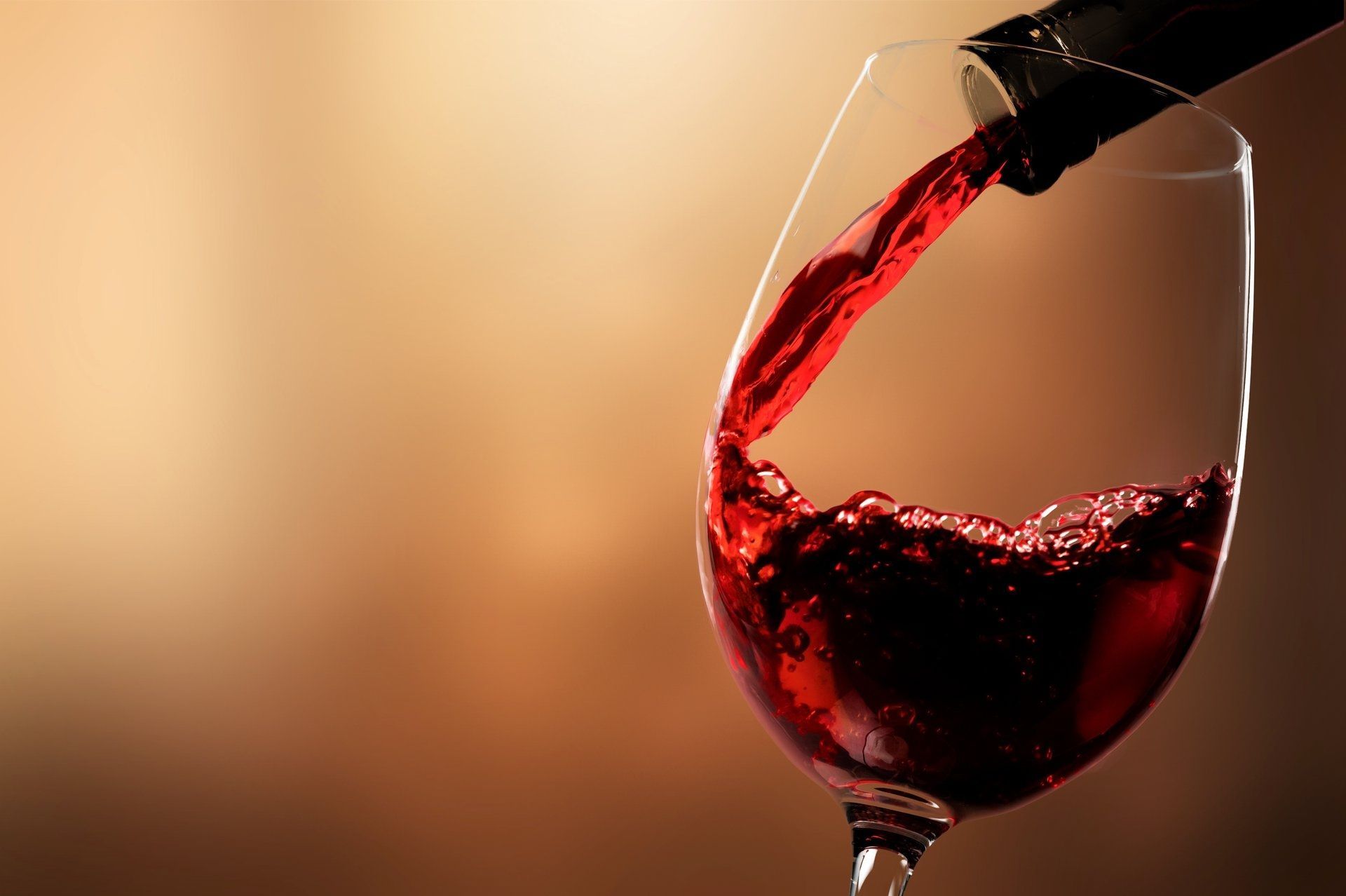When we think about the world of wine, elements such as flavor, aroma, and food pairing usually take center stage. However, one fundamental component that often goes unnoticed is the wine stopper. This small yet crucial element not only protects the liquid from external factors, but also plays a key role in the preservation and evolution of wine. In this article, we’ll explore standard wine stopper sizes, their importance, and how they influence wine quality.
Standard Dimensions of Wine Stoppers
In the wine world, stoppers vary not only in material, but also in size and design, depending on the type of bottle and its contents. These variations ensure that each bottle maintains wine quality during storage and transport. Below, we look at the most common dimensions used in the wine industry.
Choosing the right stopper depends not only on size but also on the material and technology used in its production. At Excellent Cork, we offer a wide range of synthetic wine stoppers designed to provide optimal sealing and preserve the wine’s organoleptic properties. Discover our options and find the ideal stopper for each type of bottle.
Stoppers for Standard Bottles
Still wine bottles—such as reds, whites, and rosés—typically use stoppers with a diameter of 24 mm and a length between 38 and 45 mm. These measurements are not arbitrary; their purpose is to ensure a tight seal with the bottle neck, preventing oxygen entry and loss of aromatic properties. Additionally, this length range offers a balance between functionality and aesthetics, making the stopper easy to remove without compromising its sealing ability.
Functionally, stoppers of this size meet the expectations of most consumers, as they preserve wine freshness during moderate storage periods, typical of everyday wines.
Stoppers for Sparkling Wines
Sparkling wines like Champagne, Cava, or Prosecco require wider and more robust stoppers, with diameters up to 30.5 mm and shorter lengths, usually between 30 and 35 mm. This design addresses the specific needs of these wines, which contain significant internal pressure due to dissolved carbon dioxide.
In addition to a precise fit, these stoppers are paired with a metal cage known as a “muselet” that holds them securely in place under pressure. This system ensures optimal preservation and prevents the stopper from popping out unexpectedly. Although it may seem like a minor detail, it is essential to the consumer experience—a poor seal can affect both wine quality and safety during handling.

The Importance of Stopper Size in Wine Preservation
Stopper size is a determining factor in maintaining wine quality. An incorrect choice can compromise its flavor, aroma, and longevity.
The stopper not only influences preservation, but also the consumer’s experience. Cork-effect stoppers combine traditional aesthetics with the durability and consistency of synthetic materials, avoiding issues such as the dreaded cork taint. If you’re looking for quality and durability without sacrificing design, this is the perfect option for your cellar.
Relationship Between Stopper Diameter and Bottle Neck
The stopper’s diameter must match the bottle neck perfectly. A loose fit can allow oxygen in, accelerating oxidation, while a fit that’s too tight may make removal difficult.
How Stopper Size Affects Wine Evolution
Longer stoppers are ideal for wines meant for aging, as they provide a more effective seal and reduce the risk of leakage. Conversely, wines meant for quick consumption can use shorter stoppers without compromising quality.
Types of Wine Stoppers and Their Measurements
Today’s market offers several types of stoppers, each with unique features suited to different types of wine.
For sparkling wines and spirits, it’s essential to have a stopper that can withstand internal pressure and prevent leaks. At Excellent Cork, we develop innovative solutions for Champagne, Cava, and Prosecco, ensuring a secure seal without compromising ease of opening. We also offer customizable stoppers for spirits, with options for color and embossed finishes—perfect for standing out in the market.
Natural Cork Stoppers
Natural cork stoppers are the most traditional and valued in the industry. They typically measure 24 mm in diameter and range in length from 38 to 49 mm. In addition to being effective barriers, they allow slight micro-oxygenation, ideal for wines that evolve in the bottle.
Synthetic Stoppers
Synthetic stoppers, like those made by Excellent Cork, have similar dimensions to natural cork but offer additional benefits such as uniformity and resistance to defects like cork taint. They’re ideal for wines intended for short- to mid-term consumption, offering excellent value for money.
Screw Caps
Screw caps don’t follow the same standard sizing as cork stoppers, but their design ensures an airtight seal. They are especially popular for white and young wines due to their ease of use and reliability.
Factors to Consider When Choosing Stopper Size
Choosing the right stopper size involves considering several factors related to the wine and its storage.
Wine Type and Internal Pressure
Still, sparkling, and fortified wines have different pressure requirements. It’s crucial to choose a stopper size that matches these specifications.
Expected Storage Time
For wines intended for aging, longer stoppers are recommended. For wines meant for immediate consumption, shorter or synthetic stoppers may be a more practical and cost-effective choice.
Frequently Asked Questions About Wine Stopper Sizes
Stopper size and type often raise questions from both consumers and professionals. Here we answer some of the most common ones to clarify any doubts.
What is the standard diameter of a wine stopper?
Stopper diameter varies depending on the type of wine. For still wines, the standard diameter is 24 mm, which ensures a tight seal and prevents oxidation. For sparkling wines, the diameter increases to 30.5 mm to withstand internal pressure from carbonation.
Are sparkling wine stoppers larger than those for still wines?
Yes, sparkling wine stoppers are typically wider and shorter than those for still wines. This design not only meets the need to withstand internal pressure but also facilitates safe and easy opening, especially since these stoppers are secured with a wire cage.
How does stopper length affect wine preservation?
Stopper length plays a key role in preservation. A longer stopper provides a more efficient seal, making it ideal for wines intended for long-term aging. On the other hand, shorter stoppers work well for wines meant to be consumed within a short period. In both cases, length should match the wine’s purpose.
Is the relationship between stopper diameter and bottle neck important?
Absolutely. This relationship is critical. A stopper that’s too narrow may let oxygen in, accelerating wine spoilage, while one that’s too wide may be hard to insert or remove. That’s why each bottle type is designed to work with stoppers of specific measurements that ensure quality and a smooth user experience.
Which stopper type is best for wines meant to age?
Natural cork stoppers are the most common and recommended choice for wines meant to age. This material allows controlled micro-oxygenation, which supports the wine’s evolution in the bottle. Additionally, its elasticity and ability to adapt to the bottle neck ensure a long-lasting seal, protecting the wine’s sensory qualities.
In conclusion, the size and type of wine stopper are key factors in preserving and maintaining wine quality. Companies like Excellent Cork, specialists in synthetic stopper production, offer innovative solutions tailored to the needs of every wine—striking the perfect balance between functionality, sustainability, and competitive pricing.





